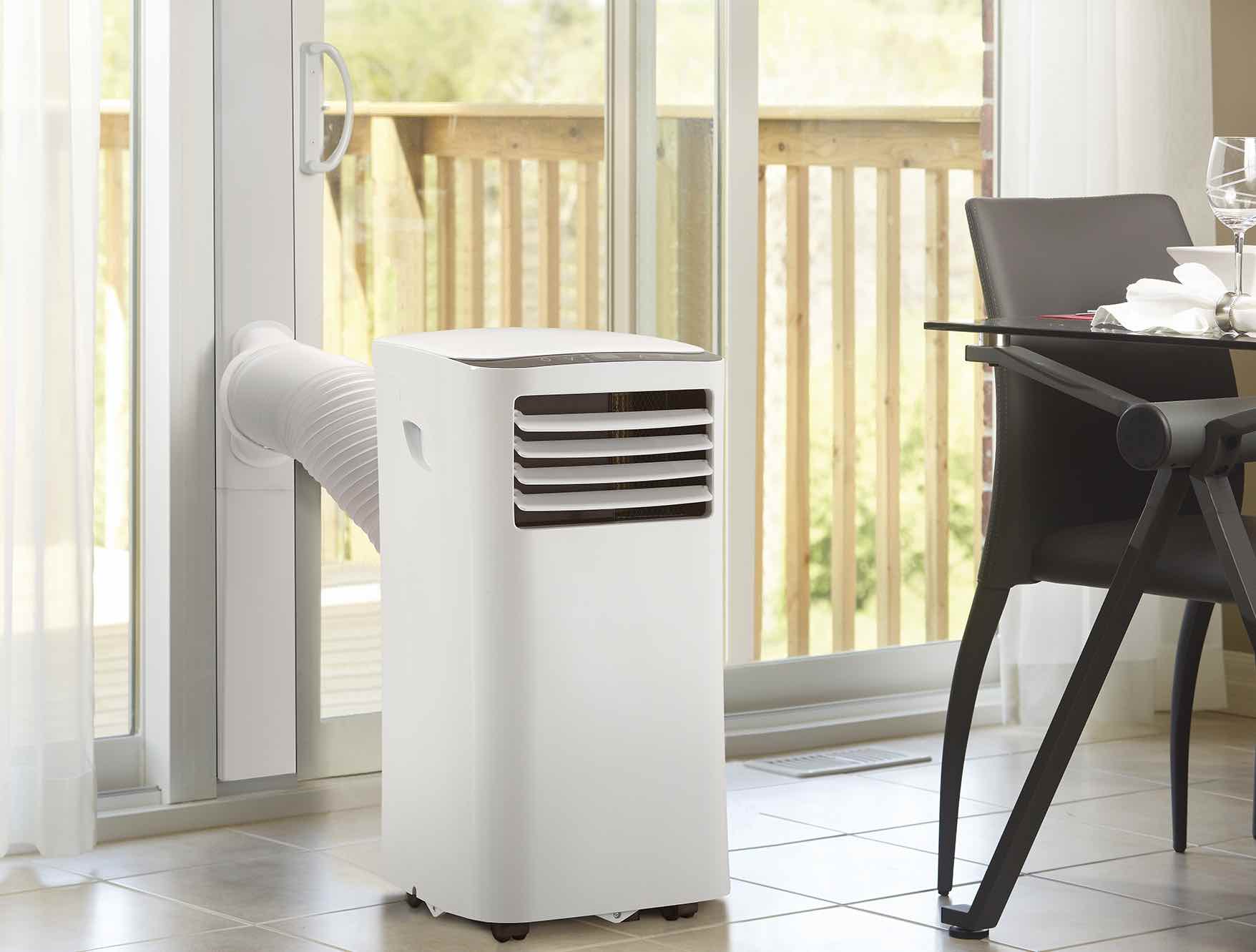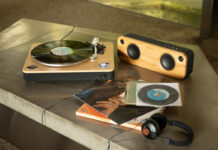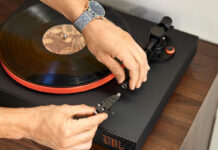
We don’t all live in places where we can or want to have an air conditioner. Given the climate in some parts of Canada, it might not make sense for you to install central air conditioning, but if you want to be ready when the heat really hits, a portable air conditioner will be your favourite home appliance. Portable air conditioners are an economical, easy way to keep your house cool during the blistering days of a Canadian summer, and you can use your portable air conditioner to map airflow and maximize the cooling effect in certain areas of your house. There are only three easy steps to this process.
1. Choose the right air conditioner for the job

To maximize the cooling effect of a portable air conditioner, all you need to do is pair your air conditioner with portable fans and place them strategically in your home. The key to maximizing the airflow with fans is to have the right size of portable air conditioner for the room.
You can take a look at this article on how to choose the right size of air conditioner for your room. It has all of the details on how to properly size your air conditioner, and it shares what you’ll want to keep in mind when choosing one. In my home, I have an open floor plan on my main floor, and the bedrooms are down the hall. I also have high ceilings, and if you do as well you’ll want to consider that square footage when choosing the right BTU for your air conditioner.
Portable air conditioners need a window to vent air and condensation, and they also release a small amount of heat into the room when they are venting. Because of that, the BTU standards for portable air conditioners have changed. In order to effectively cool the room, you may need to select an air conditioner with a higher BTU rating than you initially anticipated for your square footage. This adjustment is needed to offset the heat generated by the air conditioner unit itself and will ensure you can properly cool your room.
2. Place your fans

No two fans are created equal, and there’s nothing more disappointing than turning on your squeaky old desk fan in the hopes it will provide some relief from the heat.
The latest fans are designed to be energy efficient while cooling your room, and when using fans with a portable air conditioner, my recommendation is to place one fan off to the right and one to the left of your air conditioner. That way the cool air will be picked up and spread throughout your space.
Take my home as an example – the spot where I’d place my portable AC is at the end of a hall of bedrooms and my goal is to maximize the cooling effect throughout the area. To do that, I need to place several fans strategically. My first choice of a fan for airflow is a tower fan. I love how tower fans are ultra-quiet and energy efficient. Some tower fans are also controllable by remote.
In each of the three bedrooms, I’d place a table fan on the dresser by the door. With each pass of the fan, we’ll be picking up cooling air from the hallway and that keeps everyone comfortable on the hottest nights of the year. I love how retro table fans look, and they are perfect for bedrooms. They run quietly and provide just the right amount of white noise for a great night’s sleep.
3. Consider your ceiling space
One thing I’ve found works very well for keeping a space cool is to add a wall fan near the air conditioner. Because I have high ceilings and a loft above my living room, I’ve placed a wall fan directly above my air conditioner. I leave it there all year because it’s nice to have a fan to circulate air. Cool air is dense so it will sink, but warm air rises and tends to hang above the living room. With a fan above my air conditioner, air flows in all parts of the room and cool air circulates enough to cool the loft a bit too.
Mapping airflow with a portable air conditioner and fans
For me, mapping airflow and running multiple fans along with a portable air conditioner has worked to keep my house cool and comfortable on the hottest days of the year. Depending on the temperature and size of your own home, you could add more or fewer fans, or even add an additional portable air conditioner to your space. Check out all of the air conditioners, fans, and dehumidifiers and you’ll be ready for a cool and comfortable summer.





